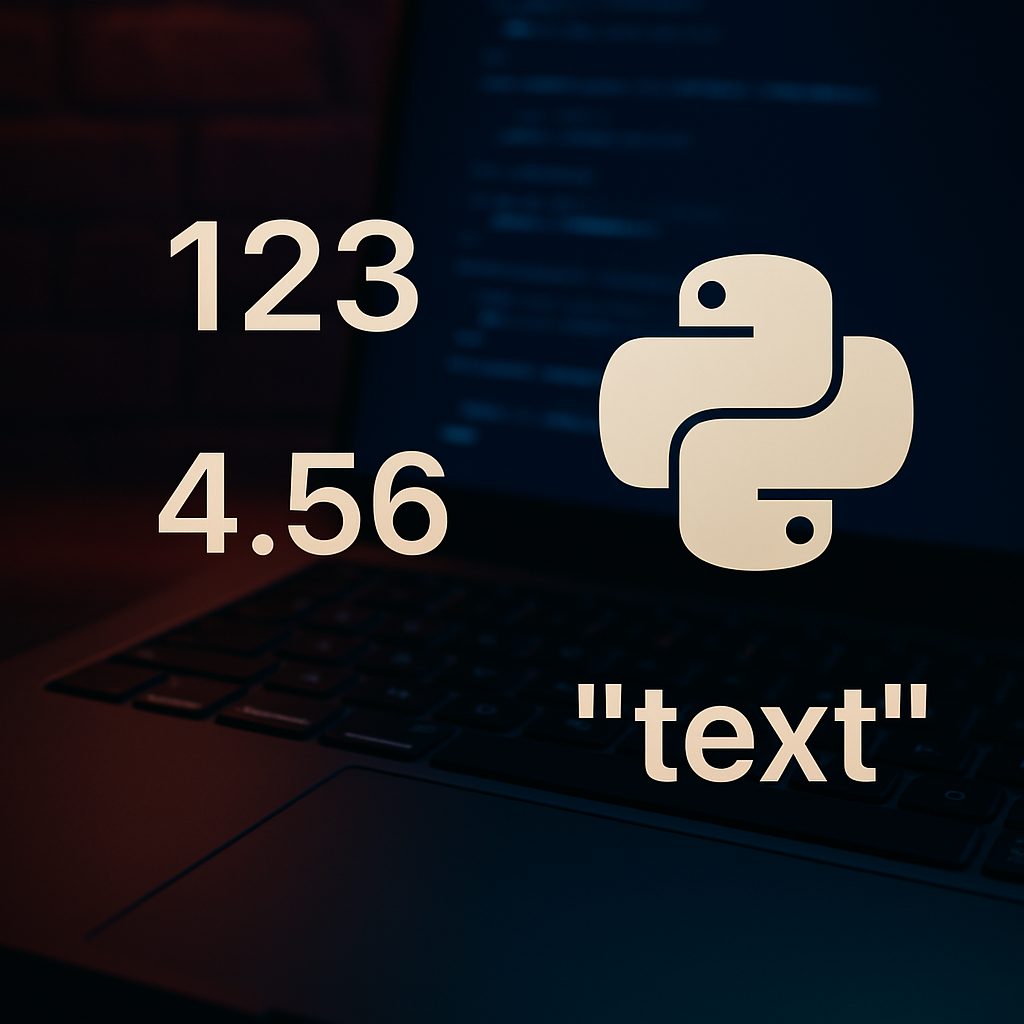Kickstart Your Python Journey: Mastering Data Types and Type Casting
Begin your Python adventure by understanding fundamental data types and the art of type casting, critical skills for any aspiring coder.
Understanding Python Data Types
As you embark on your Python programming journey, it’s essential to grasp the concept of data types. In Python, data types specify the kind of data a variable can hold. Understanding these types is crucial because it determines what operations you can perform on data.
The most common data types in Python include:
- Integers: These are whole numbers, both positive and negative, without any decimal points. For example, 7 and -42 are integers.
- Floats: Unlike integers, floats are numbers that include a decimal point. They are used for more precise calculations. Examples include 3.14 and -0.001.
- Strings: Strings are sequences of characters enclosed within quotes. Useful for storing text, examples of strings include “hello” and “Python123”.
Data types form the foundation of any programming language, and mastering them is a significant first step in learning Python.
The Art of Type Casting
Once you are familiar with Python’s data types, the next logical step is to learn about type casting. Type casting refers to the conversion of one data type into another. This flexibility allows for greater control over how your data is used and manipulated within your programs.
Python offers straightforward type casting functions:
int(): Converts a number or string into an integer, where possible.float(): Converts a number or string into a float.str(): Converts a number into a string, making it easier to concatenate with other strings.
A common scenario where type casting is necessary is when you’re working with input from users. User input is typically received as a string, so casting it to the appropriate data type is crucial for performing any mathematical operations.
Reading Files Like a Pro
In addition to understanding data types and type casting, file handling is another valuable skill in your Python toolkit. You can read from and write to files using Python’s built-in open() function. This capability is particularly useful for data analysis and processing large datasets.
When using the open() function, you can specify different modes, such as:
'r': Read mode, for reading files.'w': Write mode, for writing files (this will overwrite existing content).'a': Append mode, for adding content to a file without erasing its existing content.
These basic file operations enhance your ability to manage data efficiently, providing a solid foundation for more advanced programming tasks.
Embark on Your Coding Adventure
Learning Python can open doors to numerous career paths and personal projects. By mastering data types and type casting, you’re setting yourself up for success in almost any coding endeavor. Start experimenting with different types and casting techniques in small projects, and gradually work your way up to more complex tasks.
Are you ready to dive deeper into Python programming? Take the next step, practice what you’ve learned, and watch your coding skills grow. Let’s make it happen!

Leave a Reply